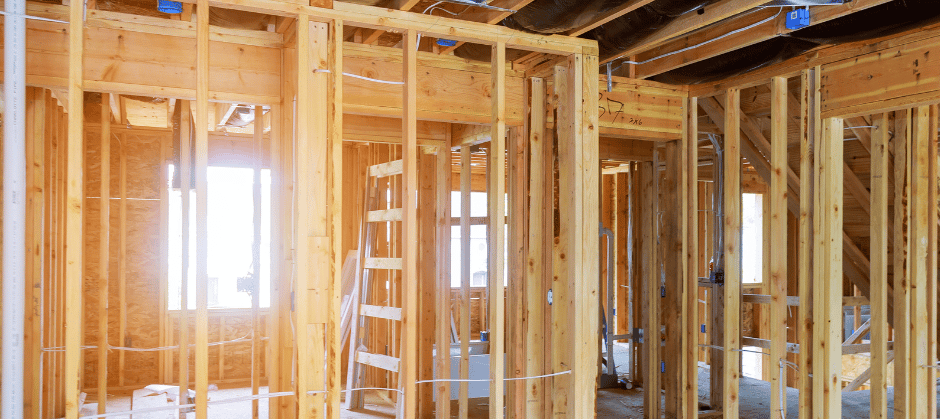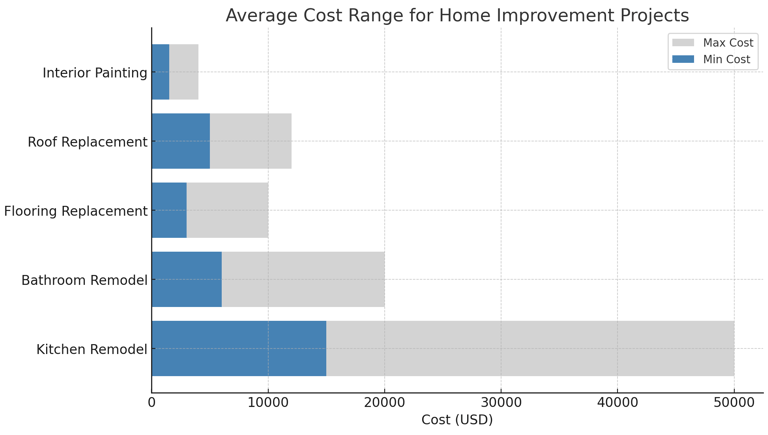How to Plan a Home Renovation Without Blowing Your Budget
Discover how to plan a home renovation without overspending. Learn budgeting tips, cost-saving strategies, and common pitfalls to avoid so you can create your dream space while staying on budget.
8/20/20252 min read


Planning a home renovation is exciting — until the budget starts creeping out of control. Whether you’re dreaming of a brand-new kitchen, a bathroom makeover, or updating your living space, costs can quickly spiral if you’re not prepared. The good news? With careful planning and smart choices, you can get the renovation you want without financial stress. In this guide, we’ll walk you through practical steps to budget your remodel, save money where it counts, and avoid common budget-busting mistakes.
Step 1: Define Your Goals and Must-Haves
Before spending a dime, you need to be clear about why you’re renovating. Are you improving your home for resale value, fixing structural issues, or simply making it more comfortable for your family? Start with a ‘must-have’ list and a ‘nice-to-have’ list so you can focus your budget on the essentials.
Examples of renovation goals:
Increase home value for resale
Create more usable space
Improve energy efficiency
Step 2: Research Costs Before You Start
A solid budget starts with knowing what things cost. Get at least three quotes from contractors for the work you need done. Research average prices for both materials and labor in your area. You can use online cost calculators to get a ballpark figure.
Step 3: Build a Detailed Budget
Once you have cost estimates, build a budget that includes every part of the project — materials, labor, permits, and design fees. Always include a 10–15% contingency fund for unexpected expenses. Free tools like Excel, Google Sheets, or online renovation budget templates can help you track your spending.
Step 4: Choose Cost-Saving Alternatives
High-end materials can be beautiful, but they’re not always necessary to achieve your vision. Consider mid-range or alternative materials that give a similar look for less money. For example, laminate countertops can mimic the look of stone, and luxury vinyl planks can replicate hardwood flooring.
Where to save money:
DIY demolition or painting
Buy surplus or gently used fixtures
Choose stock cabinets instead of custom
Step 5: Avoid Common Budget Killers
Even the best-planned renovation can go over budget if you’re not careful. Watch out for these pitfalls:
Scope creep: Adding more work mid-project without adjusting the budget
Poor communication with your contractor
Underestimating project timelines
Step 6: Monitor Costs Throughout the Project
Track your spending regularly during the renovation. Set aside time each week to review expenses and compare them to your budget. Keep all receipts and invoices organized in one place so you can make quick adjustments if costs start to rise.
Conclusion
Home renovation budget planning doesn’t have to be stressful. By setting clear goals, researching costs, and tracking expenses, you can create the space you want without overspending. Whether you’re remodeling one room or the whole house, these steps will help you stay in control of your project.
Ready to start your next renovation? Contact us today for a free consultation and personalized estimate.


dpcustomsny@gmail.com
585-820-7022
© 2025. All rights reserved.
